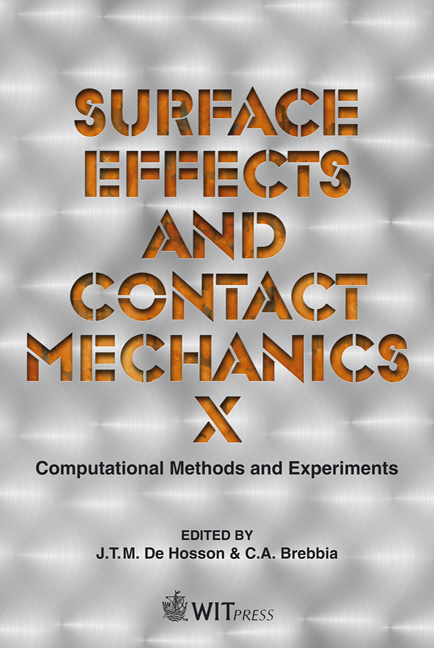Surface Melting Of Copper By Ultrashort Laser Pulses
Price
Free (open access)
Transaction
Volume
71
Pages
9
Page Range
171 - 179
Published
2011
Size
5,222 kb
Paper DOI
10.2495/SECM110151
Copyright
WIT Press
Author(s)
J. Vincenc Oboňa1, V. Ocelík1, J. Th. M. De Hosson1, J. Z. P. Skolski, V. S. Mitko, G. R. B. E. Römer & A. J. Huis in `t Veld
Abstract
The main advantage of ultrashort laser pulses in manufacturing technology is their very high removal rate of material and high quality of microstructures with the smallest dimensions at 1 μm level. The accuracy is mainly due to an almost absence of thermal diffusion into bulk material. In this paper we report the investigation on polycrystalline Cu sample surface treated by 6.7 ps laser pulses with 1030 nm laser light wavelength. Scanning electron microscopy micrographs reveal the presence of jet-like structures with spherical drop-like endings, solidified spheres and many bubble bursts at even lower fluence than the threshold value for the ablation is. Within the molten material the jet-like features are due to an explosion of bubbles originated in solid-liquid-vapor transitions. In the case of below-threshold irradiation, the same objects can be seen along surface scratches, dot contaminations etc., which indicate an increase of the laser light absorption on these inhomogeneities. Keywords: electron microscopy, laser pulses, copper, bubbles, jets, membrane.
Keywords
electron microscopy, laser pulses, copper, bubbles, jets, membrane





